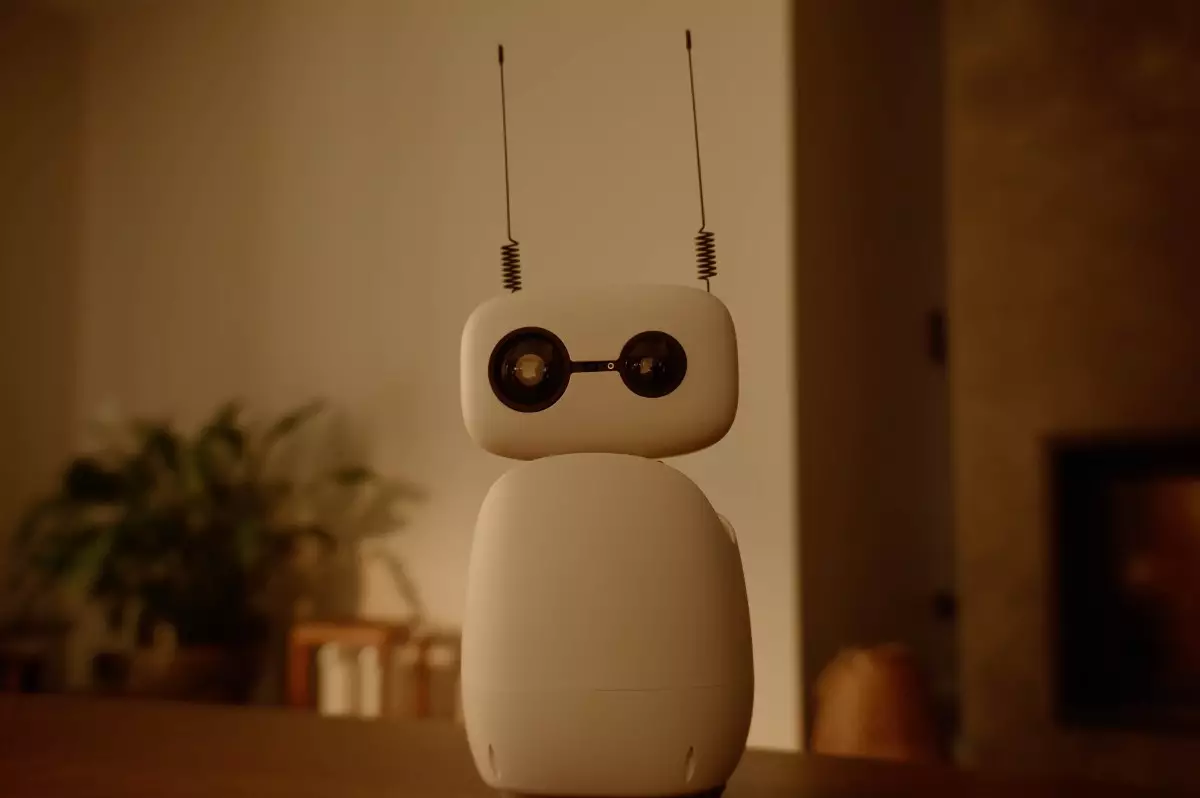Hugging Face’s recent announcement marks a significant turning point in the democratization of robotics technology. Traditionally, robots—especially those designed for personal or educational use—have been confined within corporate, institutional, or high-cost ecosystems. By releasing the Reachy Mini series as open-source, affordable, and highly customizable devices, the company daringly challenges the status quo. This move not only lowers the barrier to entry for AI developers but also signifies a broader shift towards transparency and community-driven innovation in robotics.
What is particularly striking is Hugging Face’s intuition about the power of open-source hardware combined with their extensive AI platform. Unlike proprietary robotic products, the Reachy Minis invite creators to modify, extend, and customize their devices. This paradigm fosters a collaborative environment where the limitations of conventional robotics—restricted features, closed interfaces, and high costs—are actively challenged and dismantled. The company’s commitment reflects a confidence that true progress in robotics stems from shared knowledge, collective experimentation, and the courage to open the black box.
Design Philosophy and Practical Usability
Hugging Face’s attention to user-centric design, especially targeting developers who want to experiment and build, is evident in the device specifications and approachable pricing. The choice to offer two versions—wireless and wired—caters to different use cases, balancing convenience and affordability. The reduction from a professional, high-cost robotic platform to a small, accessible device the size of a stuffed animal is deliberate. It caters to both the curiosity of young learners and the creative ambitions of seasoned developers.
From a technical standpoint, the inclusion of Python programmability is a masterstroke. Python remains the lingua franca of AI and robotics development, and integrating it into the Reachy Mini simplifies complex processes. Furthermore, pre-installed demos and integration with Hugging Face’s AI hub, boasting over 1.7 million models, provide a wealth of resources to spark creative experimentation. Such features encourage a mindset of continuous learning and adaptation, embedding hands-on experience into everyday development.
Community-Centric Development and Open Innovation
One of the most profound aspects of this initiative is Hugging Face’s philosophy of fostering a vibrant open-source community. CEO Clém Delangue emphasizes that these devices are not meant as finished products but as platforms for collective development. Early feedback, such as that from a young user who wanted to carry the robot around, exemplifies how community input shapes product evolution. This openness ensures the device’s design will evolve in unpredictable ways, driven by users’ needs and creative ideas.
This approach directly opposes the creeping trend of opaque, closed hardware systems, where users are mere consumers rather than co-creators. Instead, Hugging Face champions a future where anyone—be they a student, hobbyist, or professional—can create, modify, and share their own AI-powered robots. This democratization promises to accelerate innovation, diversify applications, and inspire new generations to explore the potential of AI and robotics.
Challenging the Status Quo and Ethical Responsibilities
The release also raises important questions about the ethical and societal implications of accessible robotics. CEO Delangue’s commentary on avoiding a “black box” world—where control and understanding are concentrated in a handful of corporations—is both a critique of current industry practices and an aspirational call for transparency. As more robots enter homes and daily life, the capacity for users to understand and modify these devices becomes crucial for safety, privacy, and control.
The open-source nature of Reachy Mini positions it as a tool to foster responsible AI development. It allows communities to scrutinize, improve, and ensure ethical use. The emphasis on giving users control over their hardware aligns with broader trends advocating for AI literacy, user empowerment, and the decentralization of technological power.
Hugging Face’s latest leap into open-source robotics encapsulates a vision where innovation is no longer the privilege of a few but a collective endeavor. By making powerful, programmable robots accessible and customizable, the company signals that the future of AI-driven automation belongs to those willing to experiment, share, and learn. Whether this approach will catalyze a new wave of creative applications or fundamentally alter how we think about human-robot interaction remains to be seen, but the potential it unlocks is undeniably vast. As developers, educators, and hobbyists embrace this brave new world, we may well see a transformation in robotics from a closed, corporate domain into a vibrant, community-powered ecosystem.

